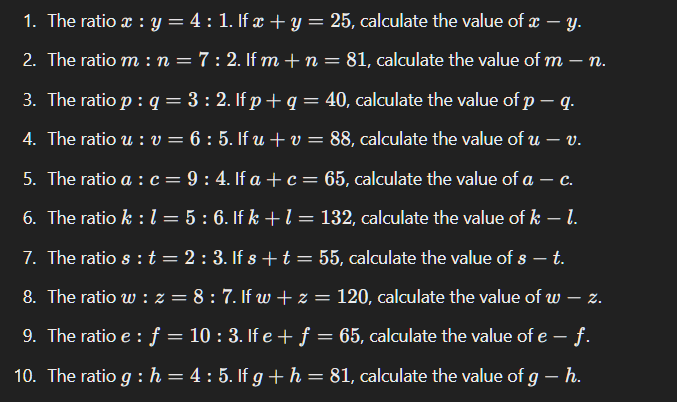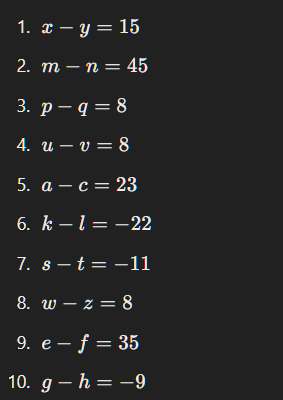Scalar Quantities
Scalar quantities have only magnitude (size or amount) and no direction.
Here are 10 examples:
1. *Temperature* - Example: 25 degrees Celsius.
2. *Speed* - Example: 60 kilometers per hour (km/h).
3. *Mass* - Example: 50 kilograms (kg).
4. *Time* - Example: 30 seconds.
5. *Volume* - Example: 2 liters (L).
6. *Distance* - Example: 10 meters (m).
7. *Energy* - Example: 100 Joules (J).
8. *Density* - Example: 1.2 grams per cubic centimeter (g/cm³).
9. *Electric charge* - Example: 2 Coulombs (C).
10. *Area* - Example: 20 square meters (m²).
Vector Quantities
Vector quantities have both magnitude and direction. Here are 10 examples:
1. *Velocity* - Example: 50 km/h east.
2. *Force* - Example: 10 Newtons (N) upward.
3. *Displacement* - Example: 5 meters north.
4. *Acceleration* - Example: 2 meters per second squared (m/s²) to the right.
5. *Momentum* - Example: 20 kg·m/s south.
6. *Electric field* - Example: 3 Newtons per Coulomb (N/C) downward.
7. *Magnetic field* - Example: 0.5 Tesla (T) towards the west.
8. *Weight* - Example: 500 Newtons downward (due to gravity).
9. *Torque* - Example: 15 Newton meters (N·m) clockwise.
10. *Lift* - Example: 800 Newtons upward (as in an airplane's lift).
*Scalars*:
- Scalars are like counting objects or measuring something without worrying about which way it's going. For example, if you measure the temperature of the room, you only care about how hot or cold it is, not which direction the heat is coming from.
*Vectors*:
- Vectors are like giving directions with measurements. For example, if you tell someone to walk 10 meters north, you are giving them both a distance and a direction to follow. Both parts (the distance and the direction) are important to understand what you mean.
These examples should help you understand the difference between scalar and vector quantities. Scalars are simpler because they only have a size, while vectors are more detailed because they tell you both size and direction.





